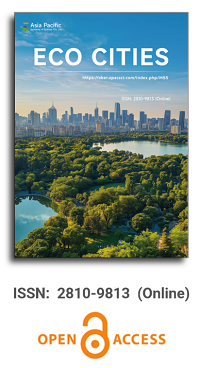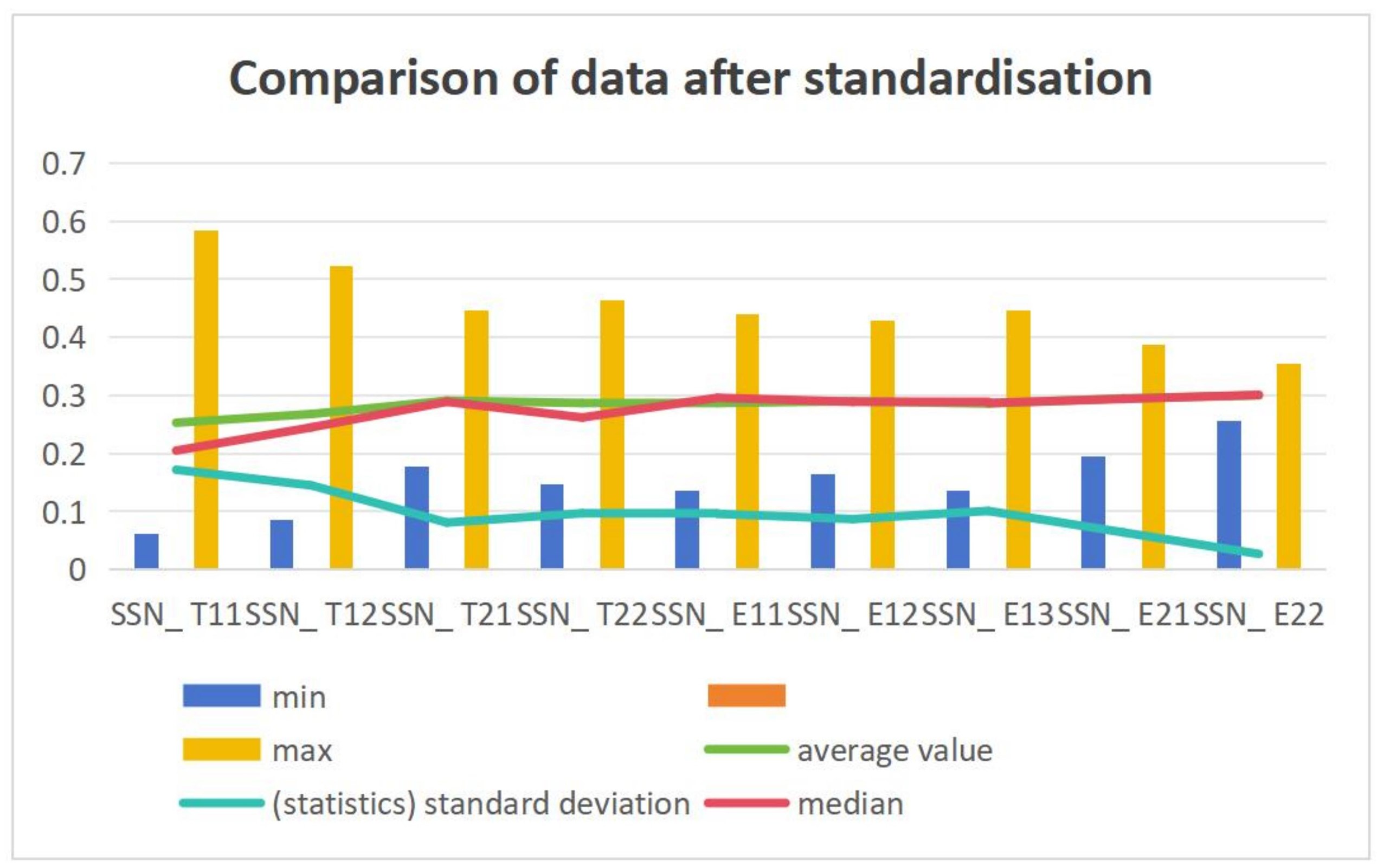


Quality evaluation of low carbon ecological city based on development stage—Take Shandong Province as an example
Vol 1, Issue 2, 2020
Download PDF
Abstract
Aiming at the problems existing in the current evaluation of low-carbon ecological city, based on the comprehensive interpretation of the scientific law of the development of low-carbon ecological city, this paper distinguishes the path index and evaluation index, constructs the evaluation index system of low-carbon ecological city according to the evaluation index, adopts the quadrant method, establishes a set of technical methods for the evaluation of low-carbon ecological city based on the development law and development stage, and makes an empirical analysis with Shandong Province as an example. The results show that Shandong has crossed the peak of the inverted U-shaped curve of carbon emission intensity, but it is still in the rising period on the left of per capita carbon emission and total carbon emission; According to the situation of each city, there are 10 cities of high-carbon development type. Most cities have entered the critical period of low-carbon ecological transformation and development. The high low-carbon index of some cities has a great relationship with the low level of economic development, and they are in the primary development stage of low-carbon and low economy.
Keywords
References
- Chinese Society of Urban Studies, China Association of City Planning, Urban Planning Society of China, et al. Zhongguo chengshi guihua fazhan baogao 2008–2009 (Chinese) [China urban planning and development report 2008–2009]. Beijing: China Construction Industry Press; 2009. p. 89–102.
- Zhang K, Wen Z, Du B, et al. Eco city evaluation and index system. Beijing: Chemical Industry Press; 2003.
- Wu Q, Wang R, Li H, et al. Eco city index system and evaluation method. Journal of Ecology 2005; (8): 26–36.
- Chang K, Luo S, Wang X. Study on index system of ecological city. Shanghai Environmental Science 2003; 3: 76–79.
- Tan Q. Construction and empirical study of low carbon city evaluation index system—Taking the dynamic comparison between Nanjing and Shanghai as an example. Ecological Economy 2011; 12: 81.
- Zhang W, Wang D, Wang H. Preliminary study on the index system of low carbon cities and towns in Heilongjiang reclamation area. Journal of Northeast Agricultural University 2011; (3): 23–27.
- Shao C, Ju M. Research on low carbon city index system based on DPSIR model. Ecological Economy 2010; (10): 95–99.
- Liang R. Study on the evaluation of the development state of low-carbon economy in the Yangtze River Delta—A case study of Shanghai. China Development 2011; (5): 21–26.
- Tang X, Lu C. Comprehensive evaluation of China’s provincial scale low-carbon economic development. Resource Science 2011; (4): 612–619.
- Xie C, Xu X, Hou W, et al. Comprehensive evaluation and development path analysis of urban low-carbon economy. Technical Economy 2010; (8): 29–32.
- Li J, Zhou L. Evaluation and promotion countermeasures of low carbon economy competitiveness in Fujian province. Comprehensive Competitiveness 2011; (3): 75–80.
- Zhang X. Research on the construction of low carbon economy competitiveness evaluation system. Business Age 2011; (34): 16–17.
- Chen S, Liu Y, Zou X, et al. Historical investigation of carbon emission and analysis of driving force of emission reduction sustainable development strategy research group, Chinese Academy of Sciences 2009 China’s sustainable development strategy report—Exploring a low-carbon road with Chinese characteristics. Beijing: Science Press; 2009.
- Li J, Zhou H. Correlation analysis between China’s carbon emission intensity and industrial structure. China Population, Resources and Environment 2012; (1): 7–14.
- Yu Y, Zheng X, Zhang L. Economic development level, industrial structure and carbon emission intensity. Economic Theory and Economic Management 2011; (3): 72–81.
- Dong F, Tan Q, Zhou D, et al. The impact of technological progress, industrial structure and openness on China’s total energy consumption. China Population, Resources and Environment 2010; (6): 22–27.
- Khazzoom JD. Energy s avings from the adoption of more efficientappliance. Energy Journal 1987; 3(1): 117–124.
- Brookes LG. Energy efficiency and economic fallacies: A reply. Energy Policy 1992; (20): 390–392.
- Peter HG, Berhout, JC, Mus K, et al. Velthuijsen defining the rebound effect. Energypolicy 2000; (28): 452–432.
- Qiu D. Systematic analysis of synthesis method in multiindex comprehensive evaluation. Research on Financial Issues 1991; (6): 39–42.
- Guo Y. Comprehensive evaluation theory and method. Beijing: Science Press; 2002.
- Ma L. Statistical data standardization—Dimensionless method. Beijing Statistics 2000; (3): 34–35.
Supporting Agencies
Copyright (c) 2020 Gang Lei, Xianhua Wu
License URL: https://creativecommons.org/licenses/by/4.0/

This site is licensed under a Creative Commons Attribution 4.0 International License (CC BY 4.0).

Chinese Academy of Sciences, China
Indexing & Archiving
Asia Pacific Academy of Science Pte. Ltd. (APACSCI) specializes in international journal publishing. APACSCI adopts the open access publishing model and provides an important communication bridge for academic groups whose interest fields include engineering, technology, medicine, computer, mathematics, agriculture and forestry, and environment.



.jpg)

.jpg)



